Sodiceram ceramics are revolutionizing the world of ceramic art. They blend tradition with modern innovation. This unique material is gaining popularity among artists and designers.
Sodiceram ceramics integrate sodium compounds. This integration enhances their durability and versatility. It opens new possibilities for creative expression.
Handmade ceramics crafted from Sodiceram offer distinct benefits. They are known for their strength and aesthetic appeal. These qualities make them a favorite in various applications.
From interior design to industrial uses, Sodiceram ceramics shine. They are used in architecture, scientific fields, and decorative arts. Their adaptability is unmatched.
Sustainability is another key feature. Sodiceram ceramics are eco-friendly, aligning with modern environmental goals. This makes them a responsible choice.
Explore the future of ceramics with Sodiceram. Discover why they are the preferred choice for artists and designers worldwide.
What Are Sodiceram Ceramics?
Sodiceram ceramics represent a modern twist on age-old pottery techniques. They incorporate sodium compounds to enhance their structural integrity. This innovation sets them apart from traditional ceramics.
The use of sodium compounds elevates their performance. These ceramics are more durable and versatile. This is what makes them particularly appealing in both artistic and industrial contexts.
Characteristics of Sodiceram Ceramics:
- Durability: Enhanced resistance to wear and tear.
- Aesthetic Appeal: Attractive finishes and textures.
- Versatility: Suitable for multiple applications.
- Sustainability: Eco-friendly production processes.
Each characteristic adds value to Sodiceram ceramics. This ensures they meet modern demands effectively.

Ultimately, Sodiceram ceramics are a testament to innovation in ceramic art. They merge traditional craftsmanship with cutting-edge materials. As a result, they offer something unique to creators and consumers alike.
The Role of Sodium Compounds in Ceramic Art
Sodium compounds are crucial in the evolution of ceramic art. They improve the physical and aesthetic qualities of ceramics. This makes them an invaluable addition to the creation process.
Sodium compounds help with glazing in ceramics. They enhance the sheen and color vibrancy. This contributes to the uniqueness of each piece.
Moreover, the inclusion of sodium improves structural integrity. It ensures that ceramic pieces remain robust over time. This is particularly beneficial in both functional and decorative applications.
Effects of Sodium Compounds:
- Enhanced Glazing: Better sheen and color depth.
- Structural Stability: Increased durability.
- Unique Textures: Varied and intricate surface designs.
- Heat Resistance: Improved thermal properties.
These improvements by sodium compounds facilitate artistic experimentation. This ensures that each ceramic piece transcends its functional roots.
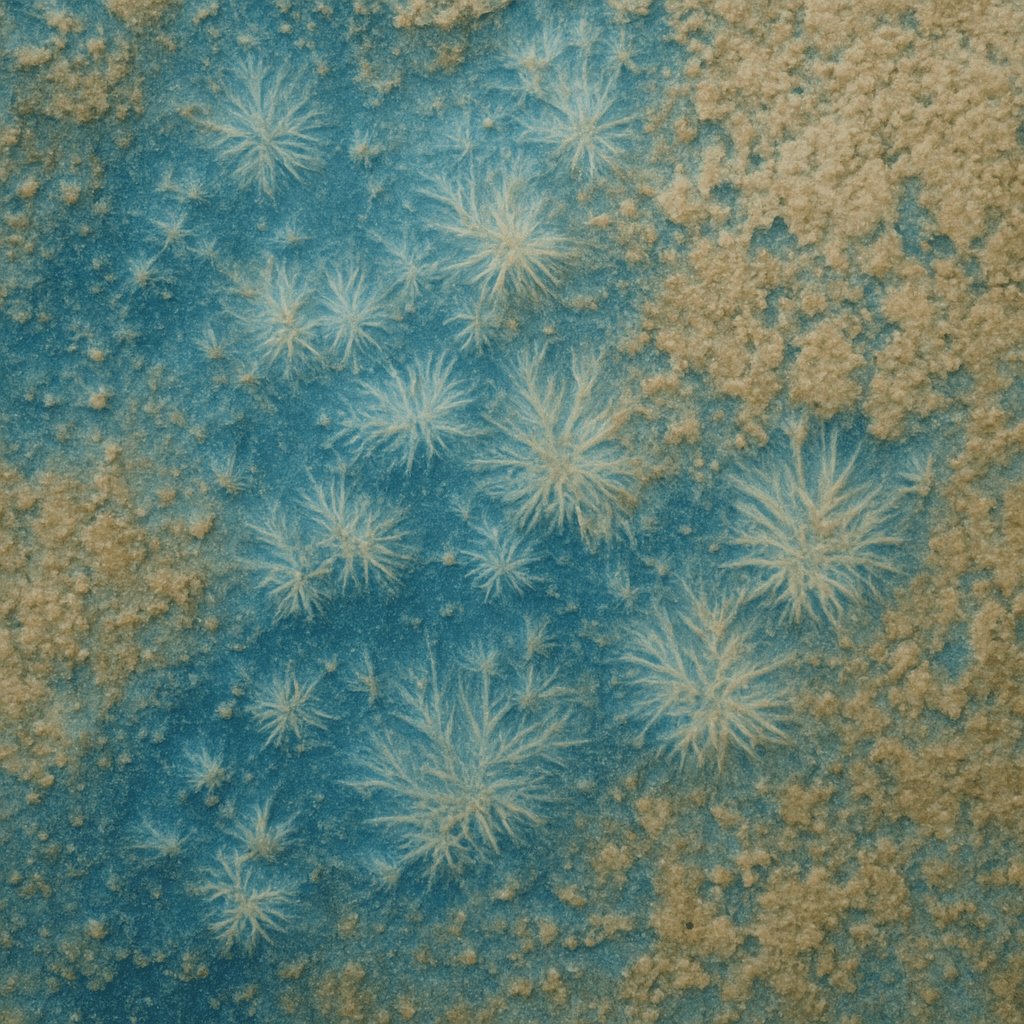
Incorporating sodium compounds is a true game-changer in ceramic art. It augments the artist’s palette and creative potential. Thus, enabling the production of extraordinary ceramic works.
Key Benefits of Sodiceram Ceramics
Sodiceram ceramics offer numerous advantages that make them stand out. Their appeal extends beyond just visual aesthetics to functional performance.
First, they provide exceptional durability. The integration of sodium compounds ensures that these ceramics are long-lasting. This makes them suitable for both everyday use and special art pieces.
Moreover, sodiceram ceramics exhibit superior thermal properties. They maintain integrity under high temperatures. This makes them ideal for kitchenware and industrial applications.
Additionally, these ceramics possess a remarkable color consistency. Artists can achieve a wide range of hues and finishes. This is due to the improved bonding capabilities of sodium compounds.
Key Benefits of Sodiceram Ceramics:
- Durability: Long-lasting and robust.
- Thermal Resistance: Handles high heat.
- Color Consistency: Rich and varied hues.
- Environmental Safety: Eco-friendly production processes.
Sodiceram ceramics are also environmentally safe. The processes used in their creation are designed to be eco-friendly. This aligns with the growing demand for sustainable products.
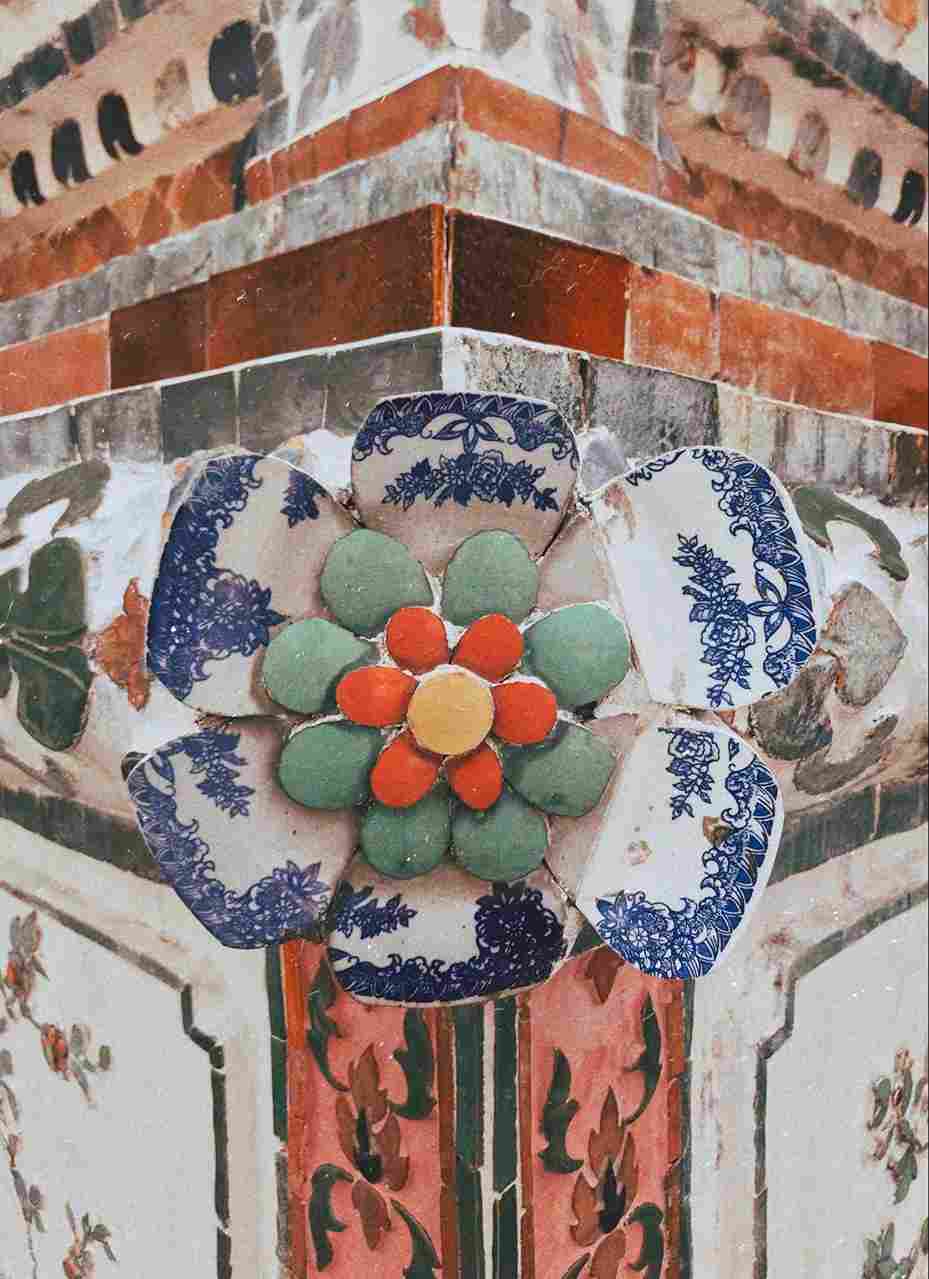
by David Lung (https://unsplash.com/@davidlung)
In summary, the benefits of sodiceram ceramics are extensive and varied. They enhance both the functional and artistic aspects of ceramic design. This makes them an excellent choice for diverse applications.
Common Uses of Sodiceram Ceramics
Sodiceram ceramics have found their niche in various sectors, offering both aesthetic and practical benefits. Their versatility makes them highly valuable.
In interior design, sodiceram provides elegant and functional solutions. Architects favor these materials for their strength and design flexibility. This enhances both commercial and residential spaces.
Industrially, sodiceram ceramics perform exceptionally well. They withstand high temperatures and corrosive environments. This makes them a staple in scientific and manufacturing applications.
Artists appreciate the unique properties of sodiceram. From sculptures to intricate pottery, the material supports endless creativity. Its consistency and quality inspire innovation in artistic endeavors.
Common Uses of Sodiceram Ceramics:
- Interior Design: Floors, countertops, tiles.
- Industrial Use: High-temperature components.
- Artistic Work: Pottery, sculptures.

by Chaewon Lee (https://unsplash.com/@verf_leechaewon)
With many uses, sodiceram ceramics are a preferred choice for varying needs. As technology advances, its applications continue to expand and evolve.
Interior Design and Architecture
Sodiceram ceramics transform spaces with their exquisite beauty and functionality. Designers utilize them in both residential and commercial projects.
A key reason is their durability. Floors and countertops made of sodiceram withstand significant wear and tear. This makes them a practical choice for busy areas.
Additionally, sodiceram ceramics offer endless design possibilities. Architects can play with textures and colors. This allows for creating unique interiors.
Interior Design Features:
- Durable Flooring: Long-lasting under heavy use.
- Versatile Countertops: Resistant to scratches and stains.
- Innovative Designs: Wide range of aesthetics.
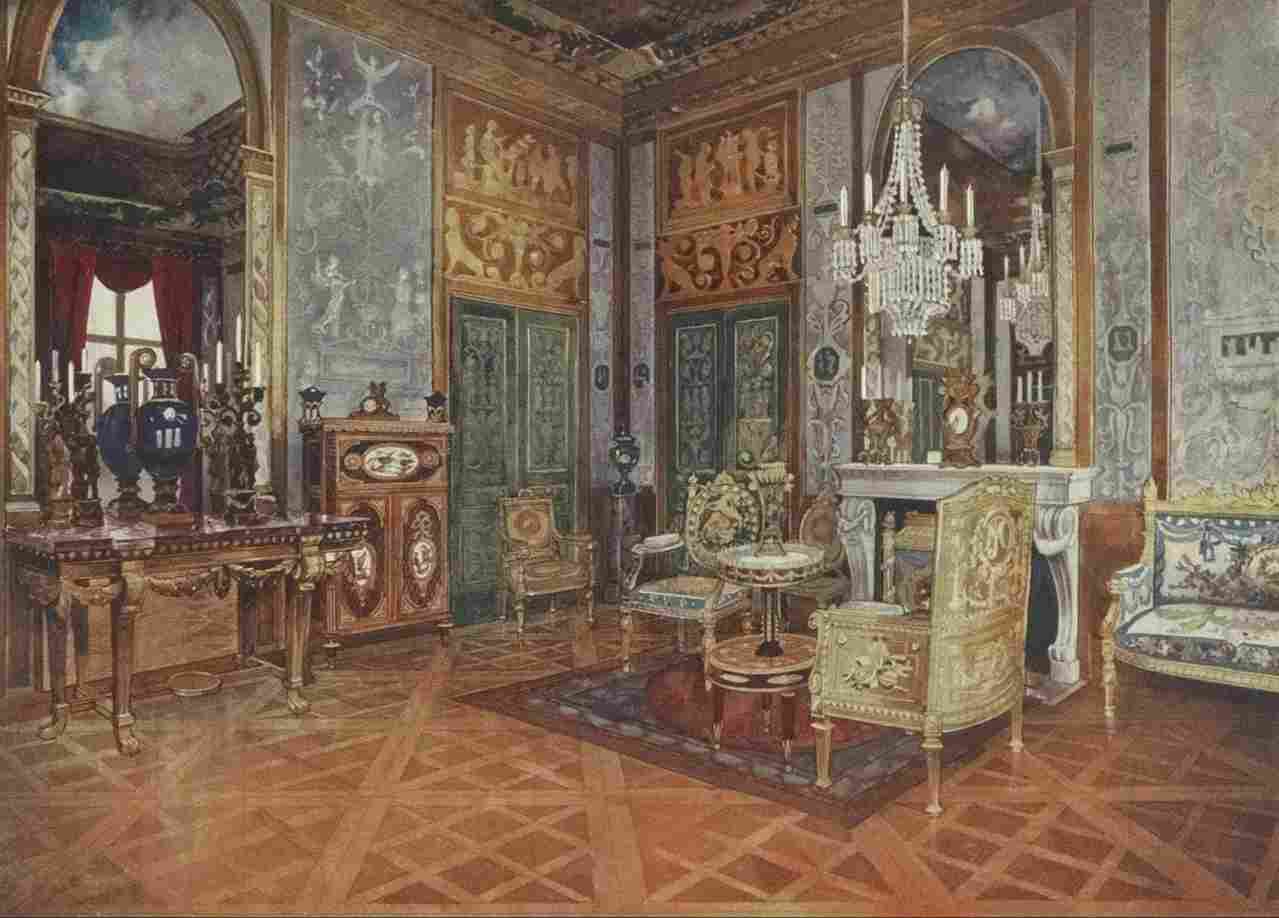
by The New York Public Library (https://unsplash.com/@nypl)
In summary, sodiceram adds a touch of elegance and endurance to architectural projects. Its versatility is unmatched, making it indispensable in modern design.
Industrial and Scientific Applications
In industrial and scientific fields, sodiceram ceramics show exceptional utility. They meet rigorous standards, essential in challenging environments.
Their thermal stability is remarkable. Sodiceram withstands high temperatures, crucial for scientific experiments and industrial processes.
The material’s chemical resistance is another advantage. It does not react with most chemicals, ensuring safety and longevity in harsh conditions.
Industrial and Scientific Benefits:
- Thermal Stability: Endures extreme heat.
- Chemical Resistance: Safe in reactive environments.
- Longevity: High performance over time.
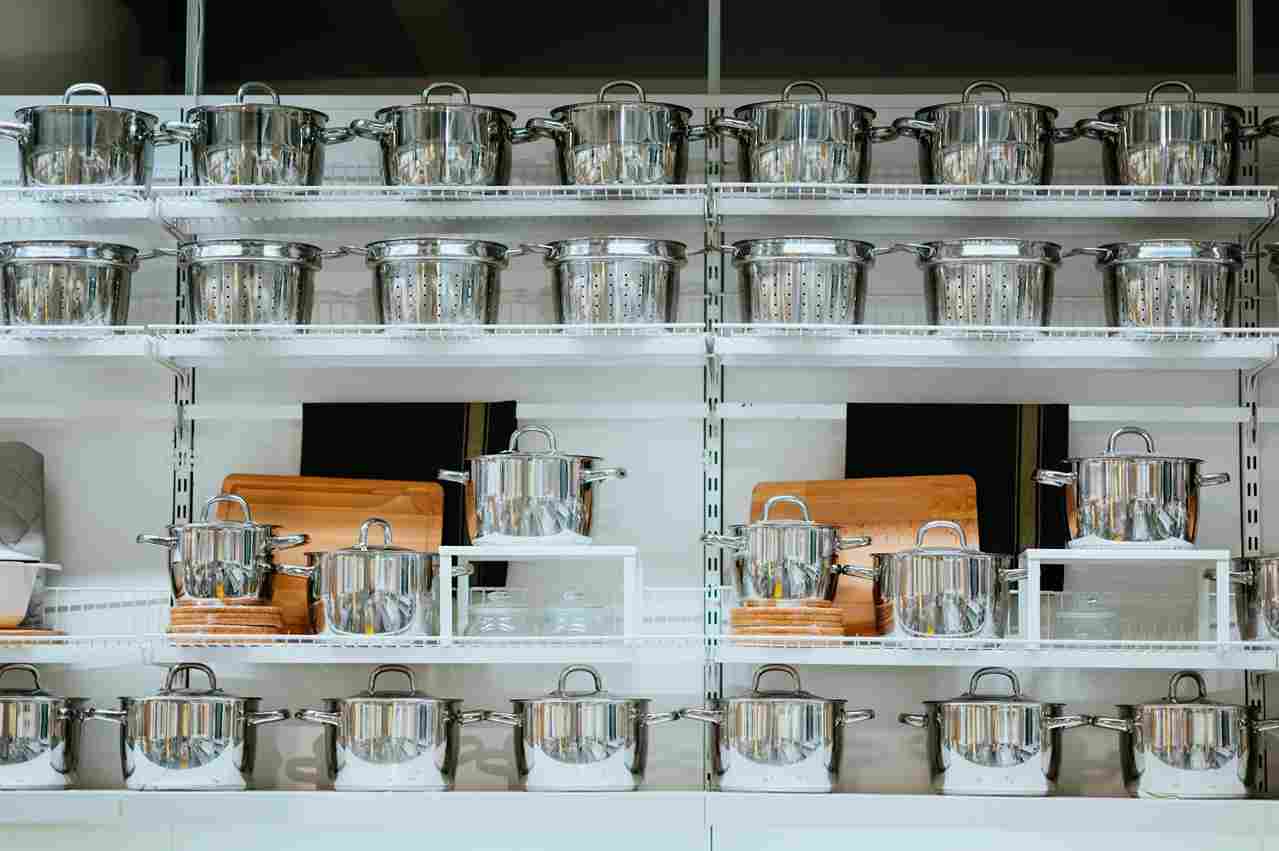
by CHUTTERSNAP (https://unsplash.com/@chuttersnap)
In conclusion, sodiceram ceramics are invaluable in high-demand settings. Their reliability and strength meet the precise needs of industry and science.
Artistic and Decorative Work
Sodiceram ceramics serve as a muse for artists and decorators. Their unique properties encourage creative exploration and expression.
The material allows for intricate designs. Artists craft delicate sculptures and elaborate decorative pieces. This showcases sodiceram’s adaptability.
Moreover, sodiceram offers stunning color options. Its compositions hold pigments well. This provides artists a rich palette to explore.
Artistic Advantages:
- Detailed Crafting: Supports fine, intricate work.
- Vibrant Colors: Holds pigments beautifully.
- Versatility: Used in various art forms.
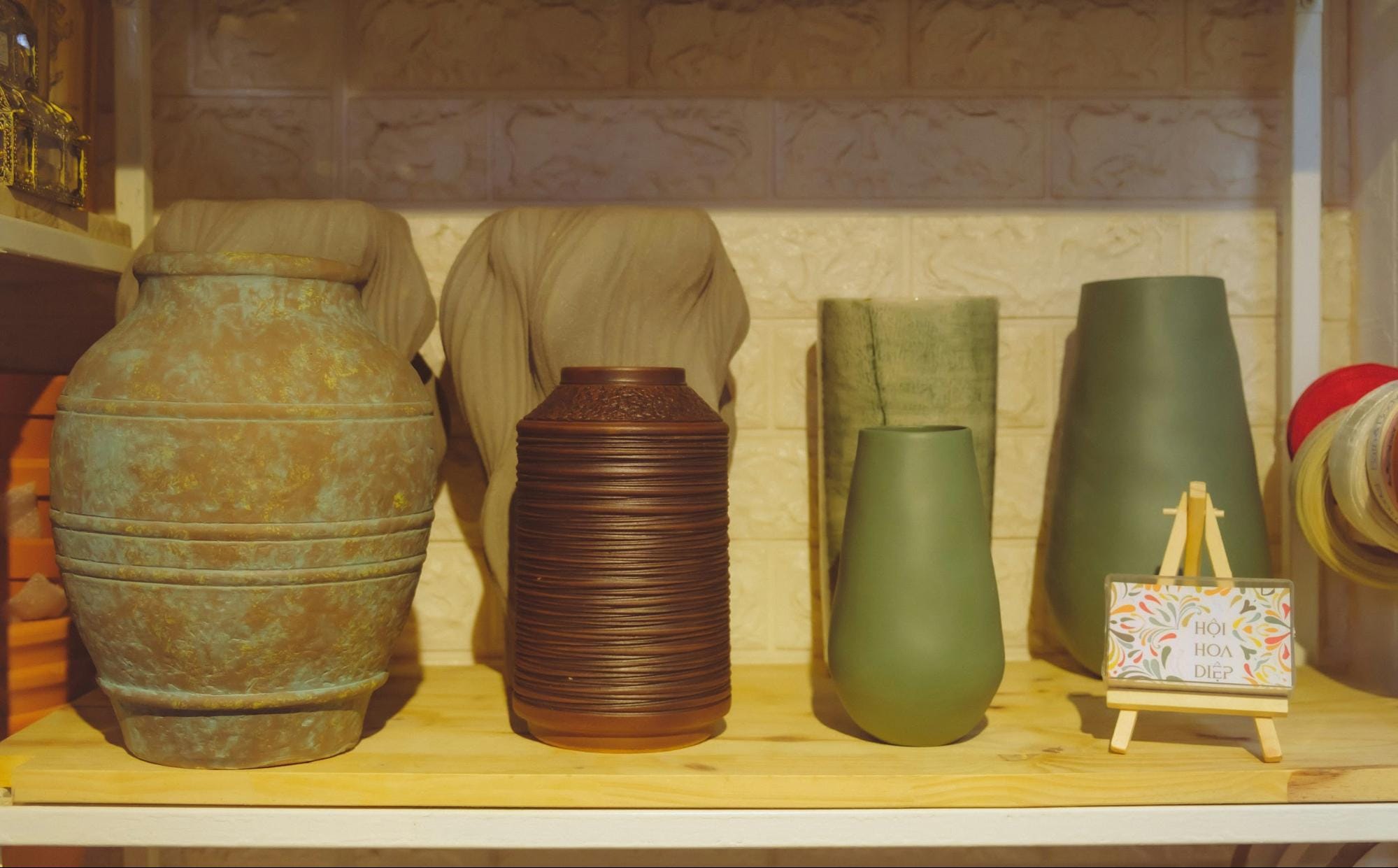
by Nguyễn Hiệp (https://unsplash.com/@hieptltb97)
Through artistic and decorative uses, sodiceram unlocks endless creative opportunities. It remains a favorite material for those passionate about art and design.
Handmade Ceramics: Crafting with Sodiceram
Handmade ceramics celebrate tradition and individual creativity. Sodiceram ceramics elevate this craft with their exceptional properties and versatility.
Craftsmen relish working with sodiceram. Its consistency allows precise shaping and detailing. This suits artists focused on intricate designs and complex forms.
The material’s durability also stands out in handmade projects. Finished pieces exhibit strength, enduring both time and use. This makes them both practical and decorative.
Sodiceram also offers an excellent surface for glazing. The material’s compatibility with various glazes enhances colors and textures. This encourages experimentation in finishes and artistic expression.
Crafting Highlights:
- Precision Shaping: Easily molded into detailed forms.
- Long-Lasting: Maintains integrity over time.
- Glaze Friendly: Shows vibrant, enduring colors.
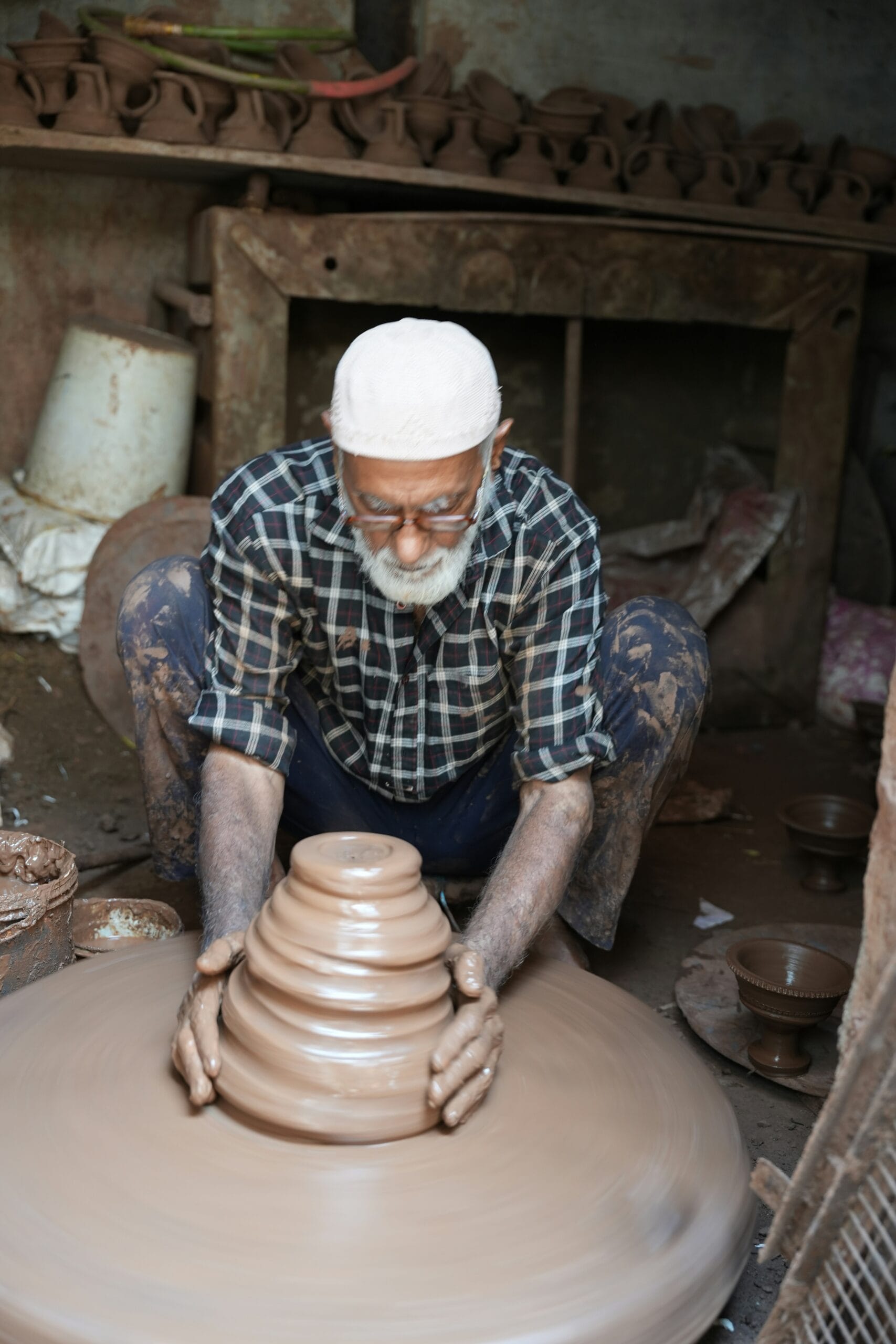
by Avinash Narnaware (https://unsplash.com/@90ml_water)
In handmade ceramics, sodiceram shines as a preferred choice. Its qualities inspire artisans to push creative boundaries, producing stunning, unique pieces.
Comparing Sodiceram with Traditional Ceramics
Sodiceram ceramics offer some unique advantages over traditional ceramics. The difference starts with the materials used. Sodiceram is engineered to have enhanced features.
Traditional ceramics often rely on naturally occurring clays. In contrast, sodiceram incorporates specific sodium compounds. This integration leads to improved durability and strength.
Additionally, sodiceram exhibits better resistance to thermal stress. This quality makes it superior for both artistic and industrial applications. Its adaptability to various environments is noteworthy.
Key Comparisons:
- Material Composition: Enhanced with sodium compounds.
- Durability: Greater strength and thermal resistance.
- Versatility: Suits both art and industry needs.
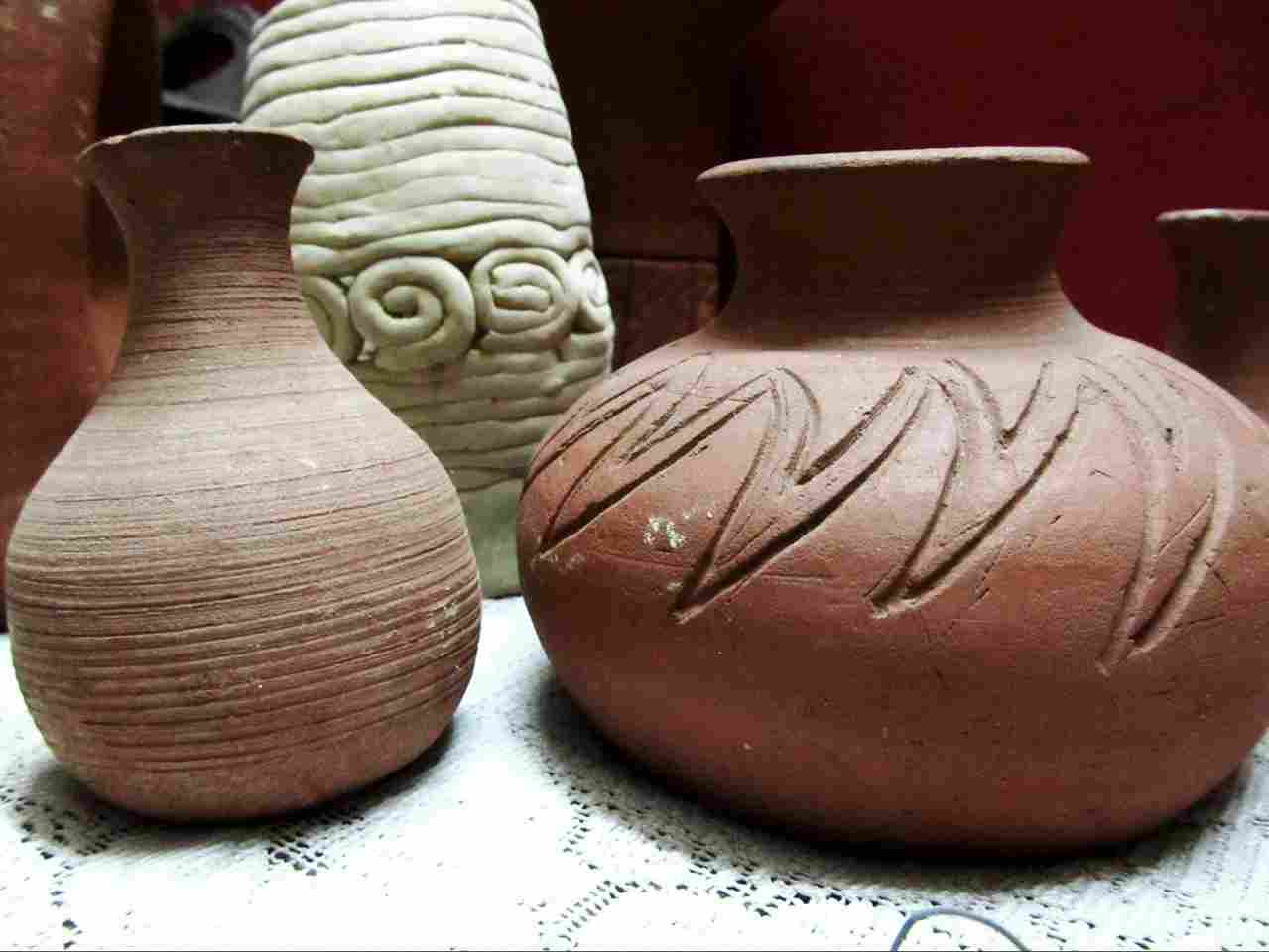
by Suraj Tomer (https://unsplash.com/@meditative)
Sodiceram’s modern design means it excels where traditional materials might falter. This makes it a preferred choice for diverse uses.
Sustainability and Eco-Friendly Aspects
Sodiceram ceramics stand out with eco-friendly qualities. Their production often uses less energy compared to traditional ceramics. This means a reduced carbon footprint.
The use of sustainable raw materials is pivotal. Sodium-based compounds are often sourced responsibly. This ensures limited environmental impact during extraction and processing.
Recycling is also a focus for sodiceram. These ceramics can be reused and repurposed. This approach aligns with modern sustainability goals.
Sustainability Highlights:
- Energy Efficiency: Reduced energy usage in production.
- Sustainable Sourcing: Responsible materials and sodium compounds.
- Recyclability: Options for reuse and repurposing.
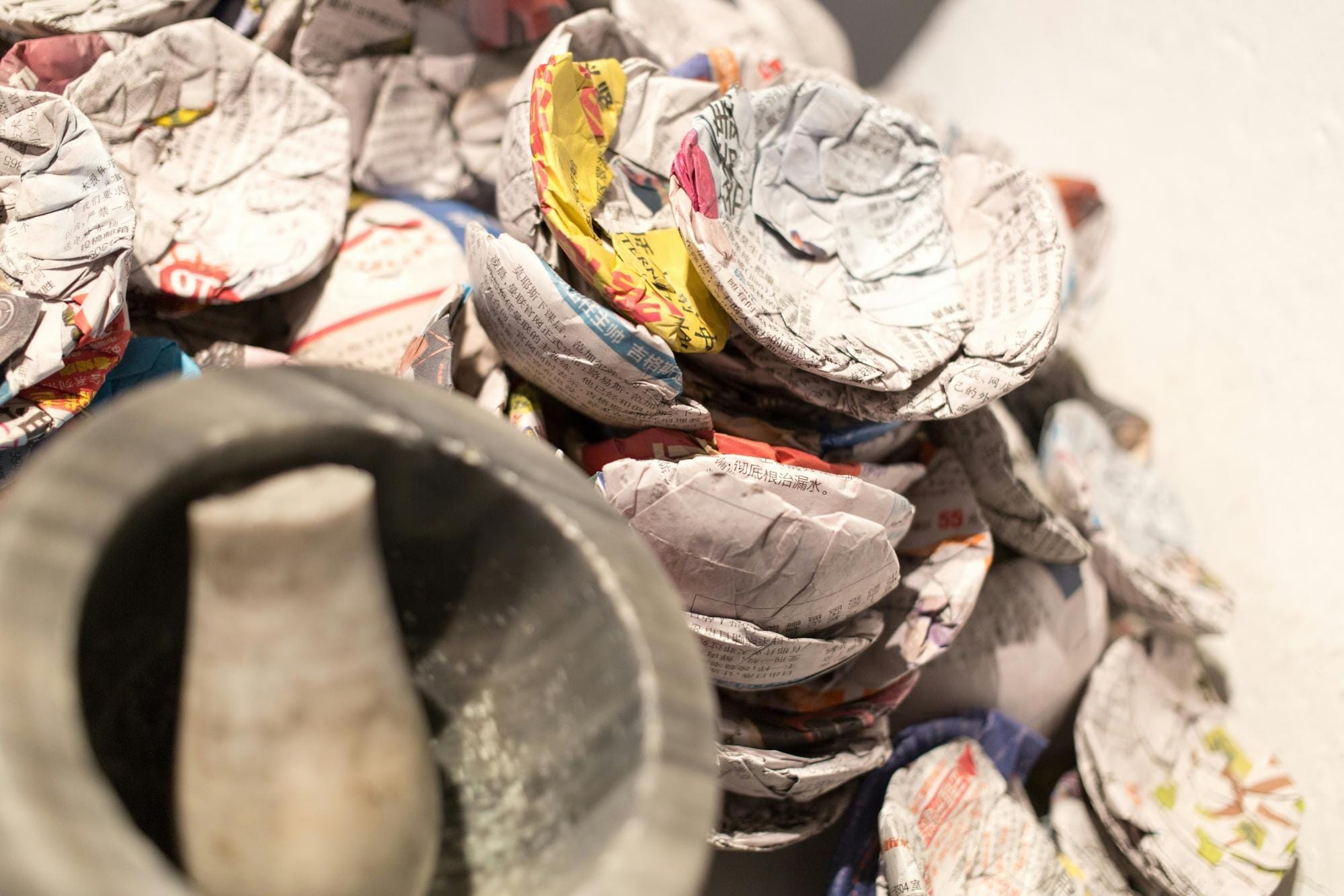
by Timon Studler (https://unsplash.com/@derstudi)
Choosing sodiceram supports eco-conscious practices. It merges innovative design with environmental care, appealing to green-minded consumers.
Future Trends in Sodiceram Ceramics
Sodiceram ceramics are poised for growth in the coming years. Innovation drives new formulations and uses. This keeps the field dynamic and evolving.
Emerging trends focus on integrating technology. Smart ceramics are on the horizon, offering functionalities not seen before. These advancements enhance both aesthetic and practical appeal.
Anticipated Developments:
- Smart Ceramics: Increasing technology integration.
- New Formulations: Innovation in material compositions.
- Expanded Applications: Broader usage in various fields.
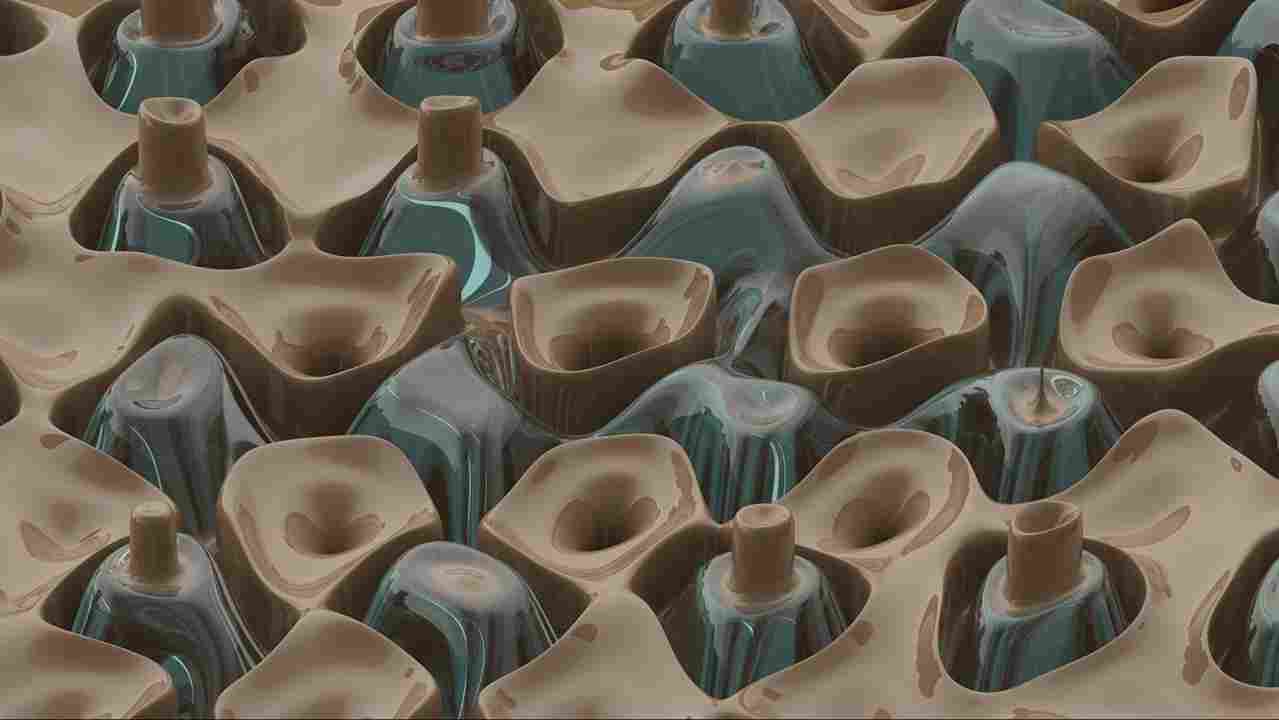
by Rick Rothenberg (https://unsplash.com/@rick_rothenberg)
Staying ahead means embracing change. The future of sodiceram combines tradition with modern needs, ensuring its lasting relevance.
Conclusion: Why Choose Sodiceram Ceramics?
Sodiceram ceramics offer a compelling combination of durability, performance, and adaptability, making them an excellent choice for both industrial and creative applications. Engineered with sodium-based compounds, these ceramics demonstrate enhanced thermal resistance, mechanical strength, and longevity compared to traditional materials. This makes them particularly valuable in demanding environments such as construction, electronics, and manufacturing.
In addition to their functional advantages, Sodiceram ceramics also provide aesthetic flexibility. Their unique surface qualities and customizable finishes make them suitable for architectural and artistic purposes, offering both visual appeal and structural integrity.
Moreover, Sodiceram supports sustainable manufacturing practices. With lower firing temperatures and the potential use of eco-friendly raw materials, they contribute to reducing environmental impact while maintaining high production standards.
Choosing Sodiceram is a decision rooted in quality, innovation, and responsibility. It represents a forward-thinking approach to materials—meeting modern demands without compromising on performance or sustainability.


